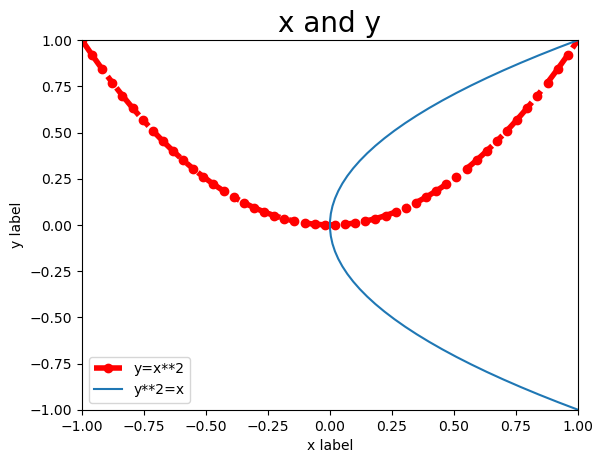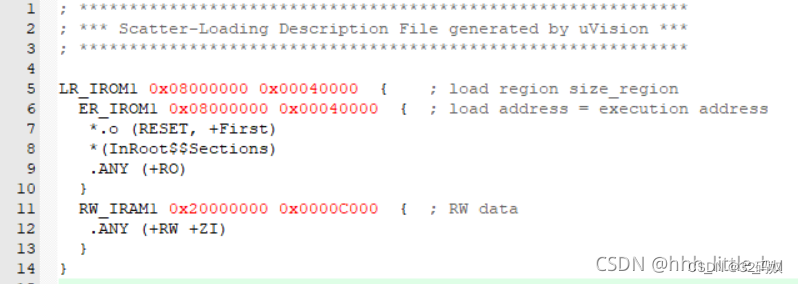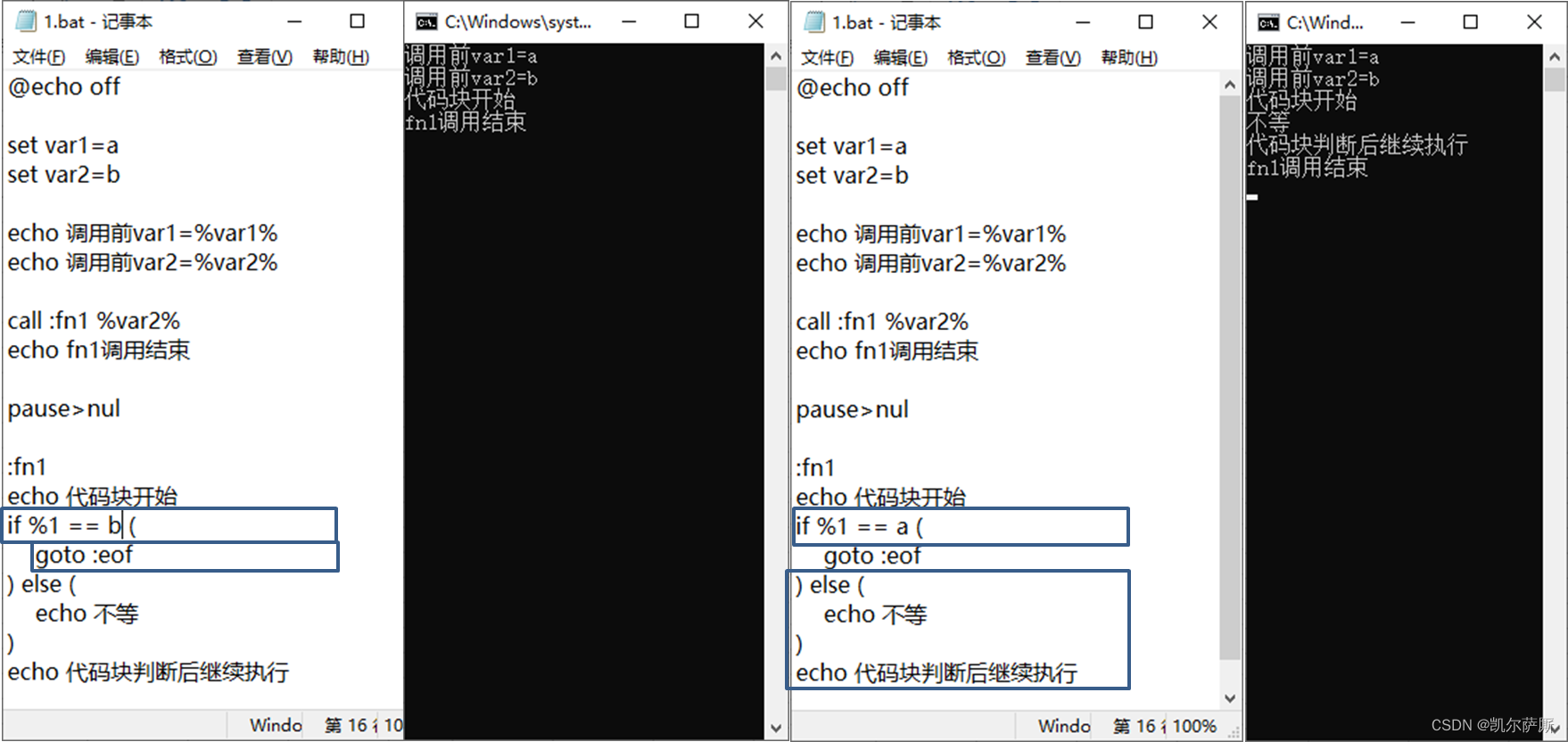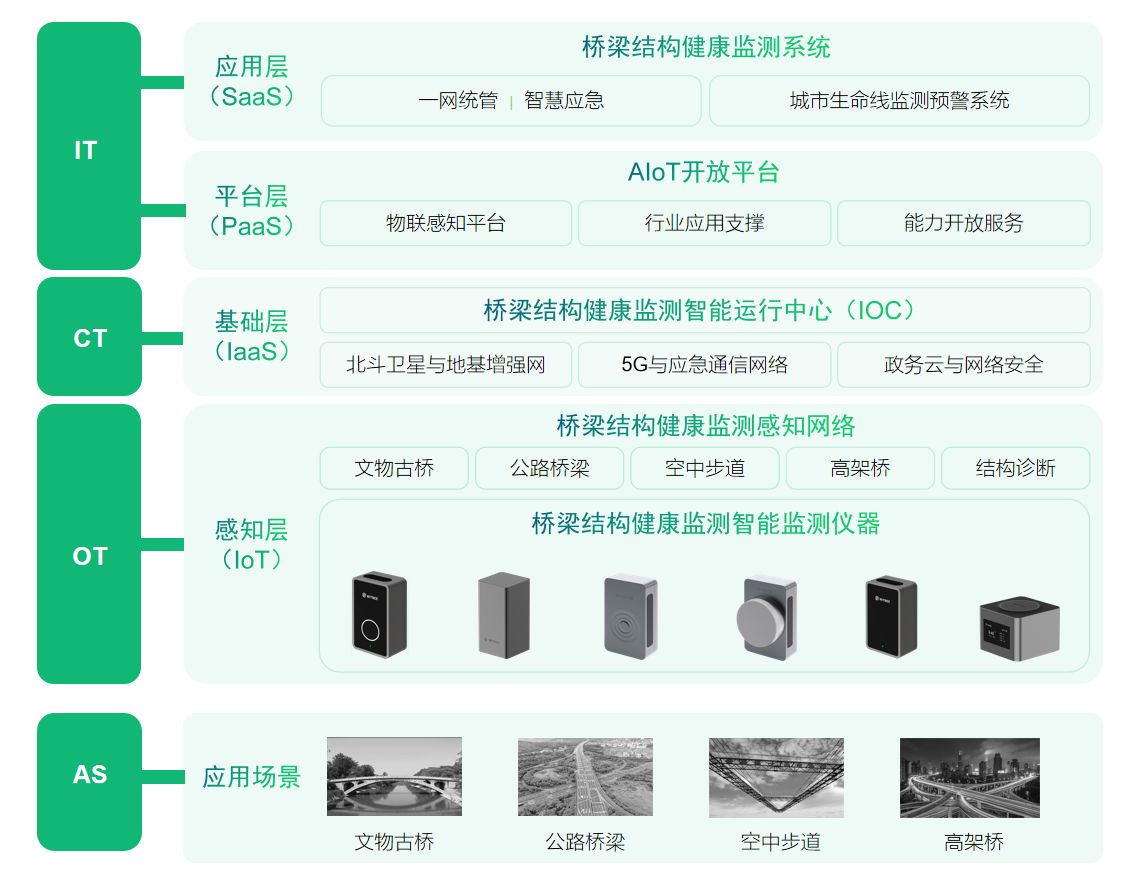1.问题:
考虑两个信号叠加在一起,比如,一个是工频信号50Hz,一个是叠加的高频信号比如有3KHz,简单起见,两个信号都是幅值固定的标准的正弦波,现在我们期望得到那个高频信号,相对工频信号的相对时域波形,它会是什么样的?它的幅值会抖动吗?它会发生类似红移的效应吗?你怎么验算这个操作?
2.尝试构建数学公式
#!/usr/bin/env python3
# -*- coding: utf-8 -*-
# paramsIn => resultOut
#
import json
import binascii
import numpy as np;
import sys
import struct
import numpy as np
import matplotlib.pyplot as plt
import signal_2048_two_sin
# 绘制信号和包络
def showTwoPairSignals(t, x, spectrum_before, amplitude_envelope, spectrum_after, freqScale, fs):
freq = np.arange(0, 1024*(10000.0/2048), 10000.0/2048)
fig, axs = plt.subplots(2, 2, figsize=(10, 8))
axs[0, 0].plot(t, x)
axs[0, 0].set_xlabel('Time (s)')
axs[0, 0].set_ylabel('Amplitude')
axs[0, 0].set_title('Original Signal')
axs[1, 0].plot(freq, spectrum_before)
axs[1, 0].set_xlabel('Frequency (Hz)')
axs[1, 0].set_ylabel('Amplitude')
axs[1, 0].set_title('Spectrum Before Transformation')
axs[1, 0].set_xlim(0, fs/2)
axs[0, 1].plot(t, amplitude_envelope)
axs[0, 1].set_xlabel('Time (s)')
axs[0, 1].set_ylabel('Amplitude')
axs[0, 1].set_title('Amplitude Envelope')
axs[1, 1].plot(freq, spectrum_after)
axs[1, 1].set_xlabel('Frequency (Hz)')
axs[1, 1].set_ylabel('Amplitude')
axs[1, 1].set_title('Spectrum After Transformation')
axs[1, 1].set_xlim(0, fs/2)
plt.tight_layout()
plt.show()
def calc_envelope(fft_complex_result, scale_fft, center_fft, zoomOfFreq):
print(len(fft_complex_result))
data_array = fft_complex_result;
center_freq = center_fft/scale_fft;
zoomOfFreq = zoomOfFreq/scale_fft;
#频谱进行数字带通滤波
min_freq = center_freq - zoomOfFreq;
max_freq = center_freq + zoomOfFreq;
if(min_freq <0): min_freq = 0;
if(max_freq>=(len(data_array)//2)): max_freq =len(data_array)//2;
for i in range(len(data_array)//2): #注意data_array包含对称的频谱。
if(i<min_freq):
data_array[i] = 0+0j;
data_array[-1*i] = 0+0j;
else:
if(i>max_freq):
data_array[i] = 0+0j;
data_array[-1*i] = 0+0j;
#no else
# 幅角变换
X = data_array;
phase_shift = np.zeros(len(X))
for idx in np.arange(0, len(X)//2):
phase_shift[idx] = -np.angle(X[-idx])
X_corrected = X * np.exp( 1j * phase_shift)
# 转回时域
sampleDataFilted = np.real(np.fft.ifft(X_corrected)); #我不知道为什么不取abs,但是既有的电机时域数据去零点的结果是正确的。
amplitude_spectrum = [(abs(x)/len(sampleDataFilted)) for x in sampleDataFilted]
amplitude_spectrum = np.clip(amplitude_spectrum, 0, 65535).astype(np.uint16)
# 傅里叶变换
X_of_Envelope = np.fft.fft(amplitude_spectrum) # 计算原始信号的傅里叶变换
X_of_Envelope = X_of_Envelope[:len(X_of_Envelope)//2]
absFFTOfEnvelope = [abs(item)/len(X_of_Envelope) for item in X_of_Envelope];
# to hex again
# 将浮点数组转换为 2 字节uint16编码的二进制数据
ba = amplitude_spectrum.tobytes()
hex_data = binascii.hexlify(ba).decode('utf-8')
root = {
'binData':hex_data,
'pt':len(hex_data)/2/2, #hex=>byte /2 byte=>uint16 /2
'byte_len': len(hex_data),
'scale': (scale_fft*(len(hex_data)/2))
}
# out put json obj: root is ready
# it should turn into str => python variable: resultOut
#######################################################################################
# json => str
json_string = json.dumps(root)
print(json_string);
resultOut = json_string;
return (json_string, amplitude_spectrum, absFFTOfEnvelope);
(signal, FFT_result, FFT_abs) = signal_2048_two_sin.genSignal(2048, 2000, 1800)
(envelopeHex, envelope_result, absFFTOfEnvelope) = calc_envelope(FFT_result, 10000/2048., 2000, 250);
print(envelope_result)
showTwoPairSignals(np.arange(0, 2048.0/10000, 1/10000), signal, FFT_abs[:len(FFT_abs)//2], envelope_result, absFFTOfEnvelope, 10000.0/2048, 10000.0)
#其中:signal_2048_two_sin.genSignal(2048, 2000, 1800)的代码参见下文
import math
import wave
import struct
import numpy as np
import matplotlib.pyplot as plt
def genSignal(pt, freq1, freq2):
# 采样率和采样点数
sample_rate = 10000
num_samples = 2048
# 信号频率和振幅
frequency_1 = freq1
frequency_2 = freq2
amplitude = 0.5
# 计算每个采样点的时间间隔
time_interval = 1 / sample_rate
# 初始化采样点列表
samples = []
signal = []
# 生成采样点
for i in range(num_samples):
t = i * time_interval
value = amplitude * math.sin(2 * math.pi * frequency_1 * t) + amplitude * math.sin(2 * math.pi * frequency_2 * t)
scaled_value = round(value * 32767) # 缩放到S16范围
if(scaled_value>=32767):
scaled_value = 32767
if(scaled_value<=-32767):
scaled_value = 32767
signal.append(scaled_value)
samples.append(struct.pack('<h', scaled_value)) # 打包为16位整数,并添加到采样点列表
# 保存到WAV文件
wave_file = wave.open('output.wav', 'wb')
wave_file.setnchannels(1)
wave_file.setsampwidth(2)
wave_file.setframerate(sample_rate)
wave_file.writeframes(b''.join(samples))
wave_file.close()
t = np.arange(0, len(signal));
fig = plt.figure(1, figsize=(8, 10));
plt1 = fig.add_subplot(2, 1, 1)
plt1.plot(t,signal)
plt1.set_xlabel('Time (s)')
plt1.set_ylabel('Amplitude')
plt1.set_title('Original Signal')
# 傅里叶变换
X = np.fft.fft(signal) # 计算原始信号的傅里叶变换
freq = np.arange(0,len(X))
absFFT = [abs(item) for item in X]; #*2/len(X)
plt2 = fig.add_subplot(2, 1, 2)
plt2.plot(freq, absFFT)
plt2.set_xlabel('Freq (?Hz)')
plt2.set_ylabel('Amplitude')
plt2.set_title('FFT')
fig.show()
return (signal, X, absFFT);2.1实际显示效果:

原始波形在左侧,右侧的时域波形似乎完全不对,它应该频率很低才对。但是频谱显示,右侧的峰线确实在左移。我错在哪里了?
上面那个滤波处理,我没有选高通滤波,而是企图直接抹掉频域的一根根谱线,此时的幅角变换我弄错了,对吧?


















